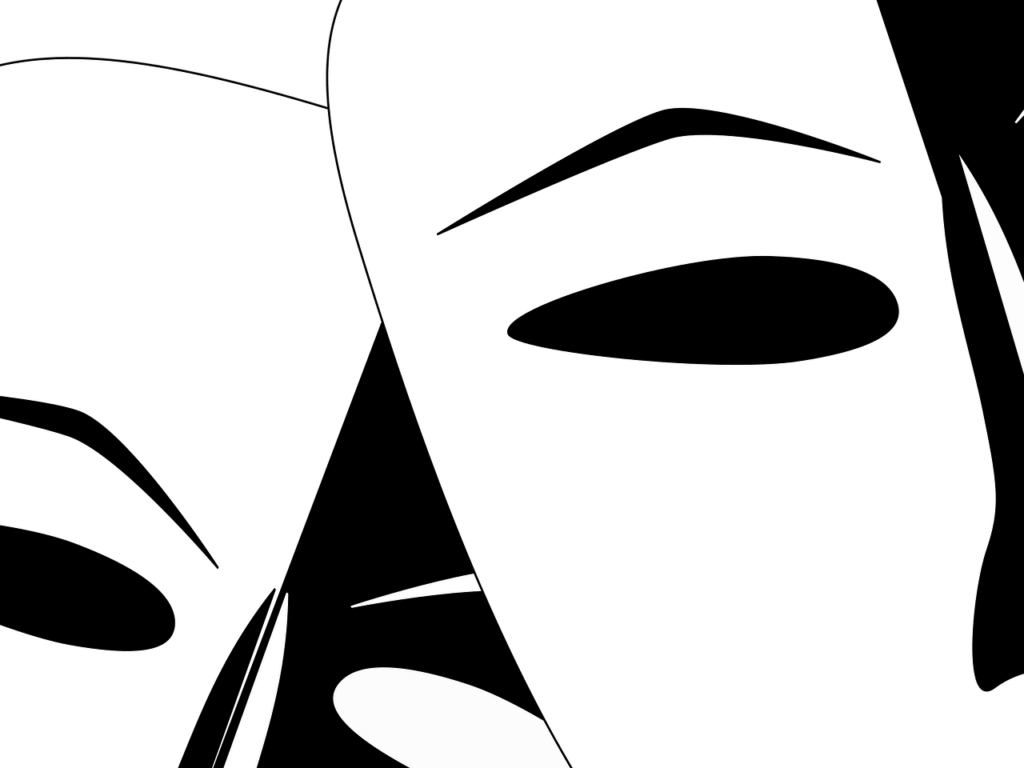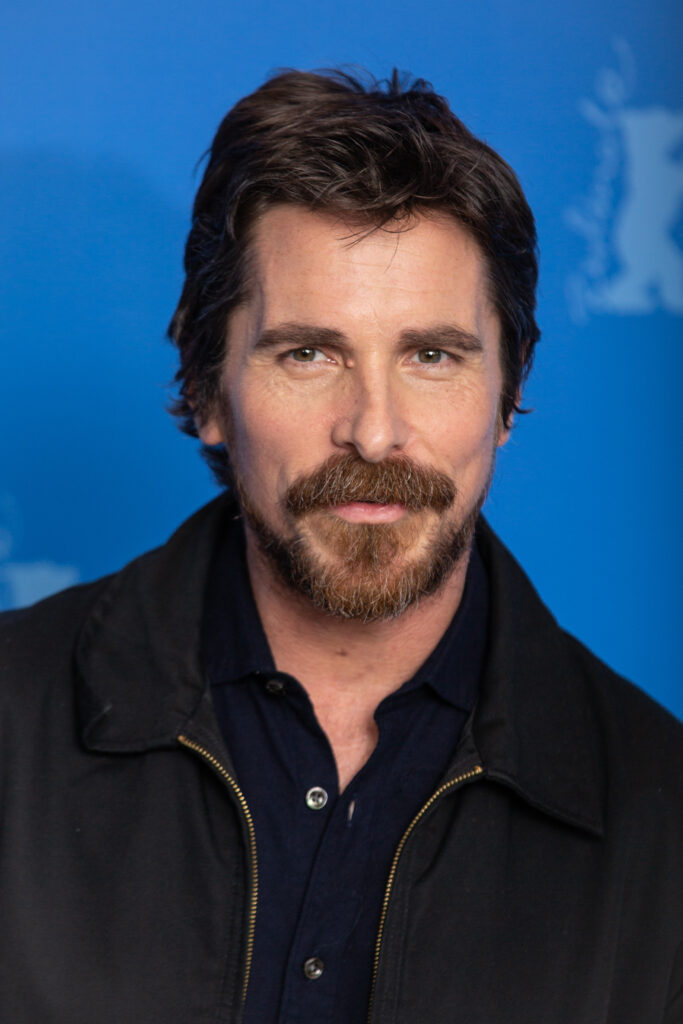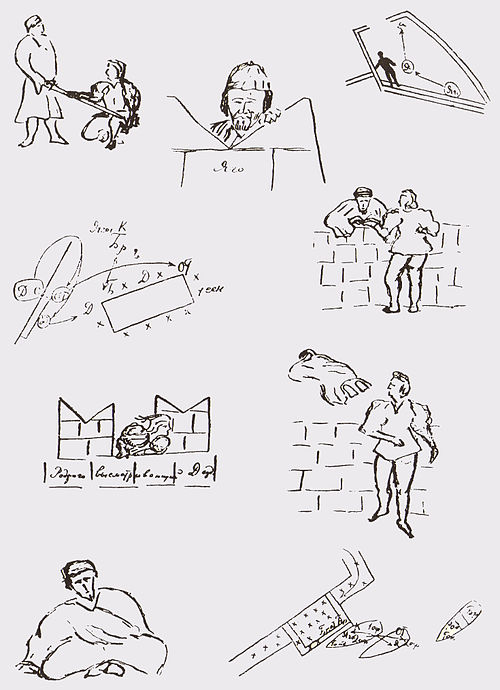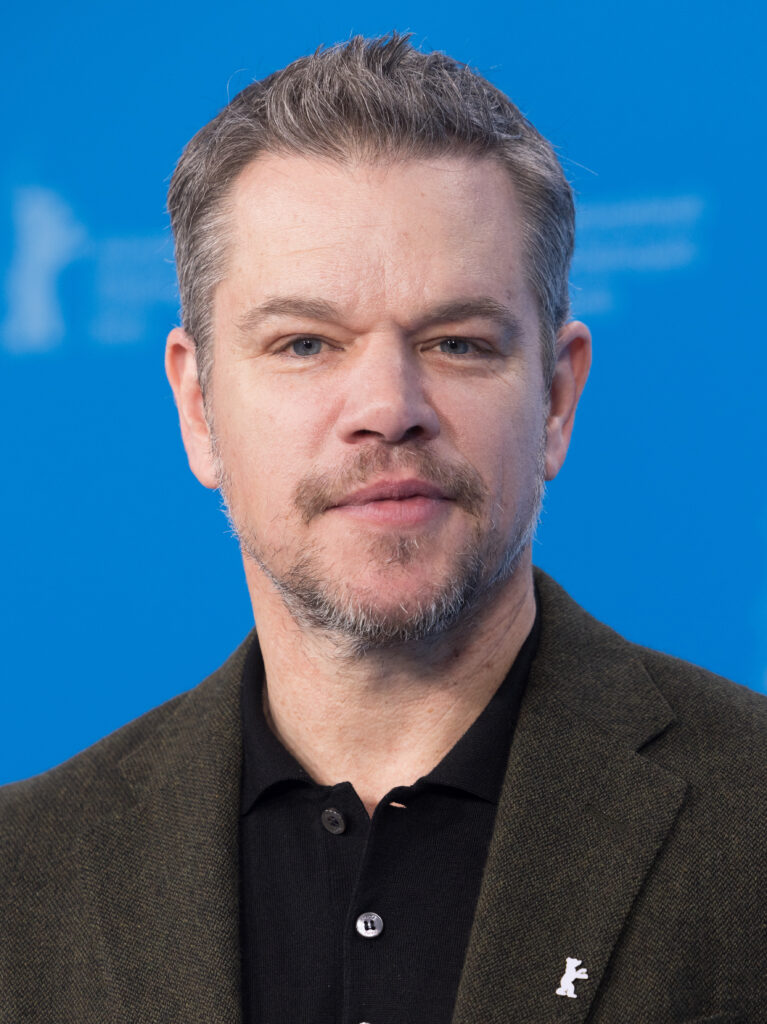
The world of acting, a realm of captivating narratives and profound human expression, has undergone a remarkable transformation over millennia. From its ancient origins, where a lone performer first stepped onto a stage to embody a character, to the complex, multi-billion-dollar industry we recognize today, the actor’s journey is a rich tapestry woven with innovation, challenge, and societal change. Understanding this evolution isn’t just a dive into history; it offers crucial insights into the enduring appeal and professional intricacies of one of the oldest art forms.
For anyone aspiring to a career in performance, or simply fascinated by the craft, tracing the trajectory of acting reveals the enduring principles and adaptable skills required to thrive. This comprehensive overview distills centuries of development into pivotal insights, charting the course of the actor’s profession from its nascent forms in classical antiquity through the groundbreaking shifts of the 19th and 20th centuries. These foundational moments not only define the craft but also illuminate the persistent challenges and opportunities that continue to shape an actor’s path.
This exploration aims to provide a clear, actionable understanding of the historical bedrock upon which modern acting is built. By examining key moments and movements, we can better appreciate the dedication, adaptation, and sheer resilience that have allowed the profession to flourish and morph, ultimately leading to the diverse and dynamic landscape actors navigate today. Let’s delve into the first seven of these essential pillars that underpin the theatrical world.
1. **The Genesis of Acting: Thespis and Ancient Greece**
The very concept of a single individual portraying a character, distinct from simply narrating a story, began with a revolutionary step in ancient Greece. It was in 534 BC, at the Theatre Dionysus, that the Greek performer Thespis first spoke words as a character in a play or story. Prior to this pivotal moment, Grecian stories were conveyed through song, dance, and third-person narration, lacking the direct embodiment of roles we now associate with acting.
This innovation transformed storytelling, laying the groundwork for all subsequent theatrical traditions. In honor of Thespis’s pioneering act, actors are still commonly referred to as “Thespians.” This origin highlights the deep historical roots of the profession, emphasizing its connection to profound cultural and narrative expression rather than mere entertainment.
The exclusively male actors of ancient Greek theatre performed in three primary dramatic forms: tragedy, comedy, and the satyr play. This period established a clear, albeit restrictive, framework for performance. It cemented the initial understanding of acting as a craft demanding dedication and specific performance skills, even as it limited participation to one gender.
The legacy of Thespis reminds us that every grand profession has a singular point of origin, a moment of bold innovation that sets the entire trajectory. For actors, this meant moving beyond simple storytelling to the complex art of character portrayal, a step that continues to resonate through every performance on stage or screen today. It underscores the power of a single individual to redefine an entire art form.
Read more about: The Enduring Craft of Acting: A Comprehensive Look at Its History, Techniques, and Societal Evolution

2. **Rome’s Shifting Sands: Early Female Performers**
While ancient Greece maintained an exclusively male stage, the theatre of ancient Rome introduced a significant, albeit nuanced, departure. The Romans allowed for female stage performers, marking a crucial, if limited, expansion of who could participate in the theatrical arts. This represented an early crack in the all-male performance tradition that had dominated Grecian stages.
However, the roles available to these Roman female performers were often restricted. The majority were seldom employed in speaking roles, primarily engaged for dancing and other non-dialogue performances. This suggests a continued societal discomfort with women in prominent, vocal public roles, even as their presence on stage became accepted.
Despite these limitations, a minority of actresses in Rome did achieve speaking parts and, in some rare instances, even found wealth, fame, and recognition for their artistic contributions. Figures like Eucharis, Dionysia, Galeria Copiola, and Fabia Arete stand out as examples of women who carved out significant careers. Their existence hints at the potential for female talent to transcend societal barriers, even when the broader system remained restrictive.
These Roman actresses further solidified their professional standing by forming their own acting guild, the Sociae Mimae, which was notably quite wealthy. This collective organization demonstrates an early form of professional solidarity and economic power among female performers, an important, if often overlooked, chapter in the history of women in acting and their pursuit of a professional livelihood.

3. **Medieval Challenges: The Actor’s Low Status and Church Opposition**
Following the decline of the Western Roman Empire, Europe entered a period of disorder, and the acting profession faced significant regression and societal condemnation during the Early Middle Ages. Small, nomadic bands of actors traveled across Europe, performing where audiences could be found, but their craft was often viewed with deep suspicion.
Traditionally, actors held a low social status, a perception that intensified during the Dark Ages. Early Medieval actors were denounced by the Church, which deemed them dangerous, immoral, and pagan. This severe religious censure had tangible consequences, as many actors in parts of Europe were even denied a Christian burial, reflecting the profound societal disapproval they faced.
This period was marked by a general lack of professional structure for actors. Most performers in the various medieval theatre genres—including mystery plays, morality plays, farces, and masques—were amateurs. They were temporarily engaged for specific roles during festivities, rather than pursuing acting as a sustained career, illustrating the precariousness of the profession.
The Church’s hostility and the societal distrust meant that pursuing acting was not merely an artistic choice but a defiant act, often requiring considerable personal sacrifice. Understanding this challenging era highlights the enduring resilience of the performing arts and the individuals who, despite immense pressure, continued to bring stories to life, often at great personal cost and social marginalization.

4. **The Renaissance Revival: Commedia dell’arte and Professionalization**
Amidst the societal upheavals of the Middle Ages, the seeds of professional acting began to sprout, particularly with the emergence of Commedia dell’arte in Italy during the mid-16th century. This vibrant, improvisational form of theatre marked a significant step toward the modern acting profession, emphasizing the actor’s skill and centrality.
Commedia dell’arte was distinctively actor-centered, requiring minimal scenery and props. The plays themselves were loose frameworks, providing situations and outcomes around which actors improvised, using well-known stock characters. This demanded exceptional talent in improvisation, character development, and audience engagement, elevating the role of the performer.
Crucially, Commedia dell’arte also played a pioneering role in the professionalization of women in acting. Lucrezia Di Siena, whose name appears on an acting contract from 10 October 1564, is often cited as the first Italian actress known by name. Vincenza Armani and Barbara Flaminia are recognized as the first primadonnas and the earliest well-documented actresses in Italy and Europe, signifying a monumental shift.
These Italian companies, often consisting of 13 to 14 members, toured extensively across Europe, taking their groundbreaking practice—including the presence of professional actresses—to many other countries. Actors were compensated with a share of the play’s profits, roughly proportionate to their roles, establishing an early professional economic model. This period cemented the actor’s role as a skilled professional, indispensable to the theatrical experience.

5. **England’s Peculiar Path: Men in Women’s Roles until the Restoration**
While professional actresses began to appear in Italy, Spain, and France during the Renaissance, England notably lagged behind, maintaining a deeply entrenched tradition of male actors performing all roles, including female ones. This stark contrast illustrates the diverse cultural attitudes towards women in public performance across Europe.
During the era of William Shakespeare, a period of immense theatrical flourishing, women’s roles were consistently played by men or boys. This was not due to a lack of dramatic demand for female characters, but rather a societal and legal prohibition against women appearing on the English stage. English audiences were only sporadically exposed to female performers through visiting foreign theatre companies.
A significant turning point arrived with the English Restoration of 1660, when an eighteen-year Puritan prohibition of drama was finally lifted. This event ushered in a renaissance for English drama and, crucially, allowed women to appear on stage for the first time in England. King Charles II, who reportedly enjoyed watching actresses, played a role in this change, issuing letters patent that authorized women’s participation.
Margaret Hughes is widely regarded as the first professional actress on the English stage, making her debut after the 1660 Restoration. An early instance of this resistance occurred in November 1629, when a French theatre company with actresses was permitted a guest appearance at the Blackfriars Theatre in London. The reception was hostile, demonstrating the deep-seated prejudice, as the actresses were reportedly “hissed, booed and pippin – pelted from the stage.” This period not only marked the introduction of female performers but also heralded the rise of the first celebrity actors in England, transforming the social landscape of the theatre and paving the way for a more inclusive, albeit still evolving, acting profession.

6. **The Dawn of Celebrity: 19th-Century Actor-Managers and Public Acclaim**
The 19th century witnessed a dramatic reversal of the negative reputation that had long plagued actors, transforming acting into an honored, popular profession and art form. This period was crucial in establishing the actor as a public figure, a celebrity whose presence alone could draw audiences and generate significant discussion.
The emergence of the “star” system was a key driver of this change, as audiences flocked to see their favorite performers. This era also saw the rise of actor-managers—individuals who not only performed but also formed their own companies, controlling actors, productions, and finances. They built loyal clienteles and expanded their reach through national tours, performing popular repertoires like Shakespearean plays.
Newspapers, private clubs, pubs, and coffee shops became arenas for lively public debates, dissecting the merits of stars and productions. This cultural phenomenon underscored the growing importance of acting in public life and the significant influence of individual performers. The actor was no longer a marginalized figure but a subject of widespread admiration and scrutiny.
Henry Irving (1838–1905) exemplifies this era, becoming the most successful British actor-manager. Renowned for his Shakespearean roles, he introduced innovations like dimming house lights to focus attention on the stage. His knighthood in 1895 symbolized the full acceptance of actors into the higher echelons of British society, marking a profound shift from their historical marginalization to mainstream acclaim.
7. **20th Century’s Corporate Shift: The Rise of Large-Scale Productions**
As the 19th century gave way to the 20th, the economics of theatre underwent another profound transformation, gradually displacing the actor-manager model with a more specialized and corporate structure. The increasing scale and financial demands of productions in major cities required a new organizational approach.
The complexity of simultaneously possessing both acting genius and managerial acumen became increasingly rare, leading to a specialization of roles. This era saw the emergence of dedicated stage managers and, later, theatre directors, who took over the logistical and artistic oversight of productions, allowing actors to focus solely on their craft.
Financially, operating major city theatres required significantly larger capital investments than individual actor-managers could typically amass. The solution arrived in the form of corporate ownership, with chains of theatres, such as those operated by the Theatrical Syndicate, Edward Laurillard, and particularly The Shubert Organization, dominating the landscape.
These corporate structures, often catering to tourist audiences in large cities, increasingly favored long runs of highly popular plays, especially musicals. In this new commercial environment, big-name stars became even more essential, driving ticket sales and reinforcing the celebrity culture established in the previous century. This shift cemented the modern, industrialized nature of the performing arts.
Navigating the acting profession in the 21st century requires more than just talent; it demands a keen understanding of its evolving terminology, a mastery of diverse techniques, and a clear-eyed view of the complex realities, from gender portrayal to compensation. Having explored the historical foundations that shaped this dynamic craft, we now turn our attention to the contemporary landscape. This second section delves into the intricate professional language, the influential methodologies that empower actors to embody their roles, and the persistent societal and economic challenges that continue to define the modern performer’s journey.
By examining these crucial aspects, we aim to provide an informed perspective on what it truly means to be an actor today. This includes a look at the ongoing debates around nomenclature, a practical guide to the techniques that drive authentic performance, and an unflinching analysis of the inequalities that still impact careers. This exploration is designed to equip aspiring actors and enthusiasts alike with a comprehensive grasp of the intricate world of contemporary acting.
8. **The Nuances of Acting Terminology: Actor, Actress, and Player**
Within the vibrant world of performance, the language we use to define roles is as dynamic as the art itself. While the word “actor” has a long history, initially meaning “one who does something,” its application to stage performers only emerged in the 16th century. The term “actress” followed, with its first recorded appearance in 1608, attributed to Middleton, marking an important distinction that would evolve over centuries.
The 19th century brought a complex social perception of the “actress,” often viewing women in the profession negatively, linking them to courtesans and promiscuity. This societal prejudice persisted despite the rise of groundbreaking female acting “stars” like Sarah Bernhardt, whose talent captivated audiences and defied conventional norms. It was a period of both artistic triumph and social struggle for women on stage.
Following the English Restoration of 1660, when women were finally permitted on the English stage, the terms “actor” and “actress” were initially used interchangeably for female performers. However, under the influence of the French word “actrice,” “actress” became the more commonly accepted term for women in theatre and film. This linguistic shift reflected broader cultural attitudes and the establishment of distinct gendered roles within the profession.
A significant re-evaluation began in the post-war period of the 1950s and ’60s, driven by a broader review of women’s contributions to cultural life. Major publications, such as The Observer and The Guardian, updated their style guides in 2010 to advocate for the use of “actor” for both es. As Whoopi Goldberg eloquently put it, “An actress can only play a woman. I’m an actor – I can play anything,” highlighting a professional desire for gender-neutral terminology, though awards like the Academy Award for Best Actress still maintain the distinction.
Another term, “player,” once gender-neutral and common in the silent film era of the United States, has largely become archaic in a film context today. However, “player” maintains its relevance in the theatre world, often found in the names of theatre groups like the American Players and East West Players, and is frequently used to refer to actors in improvisational theatre, emphasizing their interactive and spontaneous craft.

9. **Mastering the Craft: Classical Acting and Stanislavski’s System**
For any actor, the journey to authentically embody a character begins with mastering foundational techniques. Among these, classical acting stands as a comprehensive philosophy that integrates various expressive elements to create compelling performances. It’s a holistic approach that acknowledges the intricate demands of the stage.
Classical acting emphasizes a harmonious blend of the body, voice, and imagination, all working in concert with personalized experiences, improvisation, and external stimuli. Crucially, it also involves rigorous script analysis. This integrated method is built upon the foundational theories and systems developed by influential classical actors and directors, notably Konstantin Stanislavski and Michel Saint-Denis, whose work continues to inform contemporary practice.
Central to this pedagogical lineage is Stanislavski’s system, often simply referred to as the Stanislavski method. This approach challenges actors to tap into their own deepest feelings and personal experiences, using them as a wellspring to convey the “truth” of the character they are portraying. It encourages a profound emotional connection to the role, aiming for genuine, heartfelt performance rather than mere imitation.
Through Stanislavski’s method, actors are encouraged to immerse themselves in the character’s mindset. This involves finding common ground between their own lives and the character’s journey, which in turn allows for a more authentic and believable portrayal. It’s a powerful tool for achieving psychological realism, making the character’s emotions and motivations resonate deeply with the audience.
Read more about: The Unseen Stages: How History Shaped the Actor, From Forbidden Roles to Modern Breakthroughs

10. **The Depths of Portrayal: Method Acting and Meisner Technique**
Building upon Stanislavski’s groundbreaking work, the 20th century saw the emergence of other influential acting techniques that further delved into the psychological and emotional depths of character portrayal. These methods continue to shape how actors approach their craft, demanding profound commitment and intense personal exploration.
One such technique, method acting, was formulated by Lee Strasberg and is a direct outgrowth of Stanislavski’s system. Strasberg’s method is predicated on the idea that to develop a truly emotional and cognitive understanding of their roles, actors must utilize their own experiences to personally identify with their characters. This often involves intense psychological work and emotional recall. While highly influential, it’s interesting to note that even Marlon Brando, renowned for his use of method acting, personally abhorred Strasberg and his specific teachings, illustrating the nuances and debates within the craft.
Another distinct yet equally impactful approach is the Meisner technique, developed by Sanford Meisner. This method challenges the actor to focus entirely on the other actor in a scene, responding to them as though they are real and existing only in that specific moment. It’s an exercise in presence and authentic interaction, designed to strip away artifice and foster genuine spontaneity.
The core principle behind the Meisner technique is that acting finds its most potent expression in people’s natural responses to other people and unfolding circumstances. By training actors to react truthfully in the moment, it aims to create scenes that appear remarkably authentic and alive to the audience, fostering a dynamic and believable connection between performers. While both the Meisner technique and Stella Adler’s approach are rooted in Stanislavski’s foundational ideas, it is crucial to understand that they are distinct from “method acting,” each offering a unique pathway to artistic truth.

11. **Breaking Gender Barriers: Cross-Gender Acting in Modern Media**
The portrayal of gender in acting has always been a fascinating and evolving aspect of the craft, constantly reflecting and challenging societal norms. Cross-gender acting, where a performer portrays a character of the opposite , has a long and storied tradition, particularly as a source of comic effect in theatre and film. William Shakespeare’s comedies, for instance, are replete with instances of overt cross-dressing, such as Francis Flute’s memorable role in *A Midsummer Night’s Dream*.
In cinema, this comedic device has yielded numerous iconic performances. We see it famously with Jack Gilford dressing as a young bride in *A Funny Thing Happened on the Way to the Forum*, or Tony Curtis and Jack Lemmon disguising themselves as women to evade gangsters in Billy Wilder’s classic *Some Like It Hot*. More recently, Dustin Hoffman in *Tootsie* and Robin Williams in *Mrs. Doubtfire* delivered hit comedy performances by playing most of their scenes dressed as women, cementing the device’s enduring appeal.
The issue of cross-gender portrayal can also become delightfully complex, adding layers of performance and identity. Consider Julie Andrews in *Victor/Victoria*, where a woman plays a woman acting as a man who then pretends to be a woman. Similarly, Gwyneth Paltrow in *Shakespeare in Love* plays a woman who disguises herself as a man to act. These performances cleverly play with audience perception and character identity.
While women playing male roles in film remain less common, there are powerful and memorable exceptions that have garnered significant acclaim. Stina Ekblad portrayed the mysterious Ismael Retzinsky in *Fanny and Alexander* in 1982, and Linda Hunt received an Academy Award for Best Supporting Actress for her transformative role as Billy Kwan in *The Year of Living Dangerously*. More recently, Cate Blanchett earned an Academy Award nomination for her portrayal of Jude Quinn, a fictionalized version of Bob Dylan, in *I’m Not There*, demonstrating the critical recognition for such compelling performances.
On the live stage, women frequently take on male roles, particularly in presentations of older plays, such as Shakespearean works, where large numbers of male characters are present and gender in certain roles is inconsequential to the narrative. Furthermore, traditional stage roles like Peter Pan are conventionally played by women, as are most “principal boys” in British pantomime. Opera also features several “breeches roles” – male characters traditionally sung by women, usually mezzo-sopranos – with examples including Hansel in *Hänsel und Gretel* and Cherubino in *The Marriage of Figaro*.
12. **Evolving Inclusivity: Non-Binary and Transgender Portrayals**
Beyond traditional cross-gender acting for comic or narrative effect, the modern acting landscape is increasingly embracing and reflecting a broader understanding of gender identity. This includes the portrayal of non-binary and transgender characters, which has prompted deeper conversations about authenticity and representation in media. Some contemporary roles are even specifically played by a member of the opposite to explicitly emphasize the gender fluidity inherent in the character, adding layers of meaning to the performance.
A notable example of this intentional gender fluidity is the character of Edna Turnblad in *Hairspray*. This role has been memorably brought to life by cisgender men, including Divine in the 1988 original film, Harvey Fierstein in the Broadway musical, and John Travolta in the 2007 movie musical. These performances highlight how certain characters transcend conventional gender casting to convey their essence.
As non-binary and transgender characters have become more commonplace and visible in various media, including film, a discussion has arisen about who should portray these roles. It has been common for cisgender actors to take on these characters, with Hilary Swank’s acclaimed performance as Brandon Teena in *Boys Don’t Cry* being a prominent example. This trend reflects the industry’s evolving attempts to tell diverse stories.
Conversely, the growing visibility of transgender actors has also opened up opportunities for them to play cross-gender roles, particularly before their public transitions. Elliot Page, for instance, played Shawna Hawkins in the *Tales of the City* miniseries before his public transition. This demonstrates the multifaceted nature of casting and representation in a more inclusive era. Eddie Redmayne’s nomination for an Academy Award for playing Lili Elbe, a trans woman, in 2015’s *The Danish Girl* further underscored the increasing recognition and mainstream attention given to these sensitive and significant portrayals.

13. **The Paycheck Reality: Understanding Actor Compensation**
The profession of acting has always been characterized by a wide spectrum of potential incomes, a reality that persists today. Even in 17th-century England, some actors managed to earn a comfortable living. William Shakespeare, early in his acting career, likely earned around six shillings per week, a wage comparable to that of a skilled tradesman of his time, indicating a viable if not extravagant livelihood for established performers.
In contemporary times, the financial realities for most actors remain modest. In 2024, the median hourly wage for actors in the United States was reported at $23.33 per hour. This figure, however, masks a significant struggle: many actors lack crucial benefits such as health insurance, with a stark statistic revealing that only 12.7% of SAG-AFTRA members earn enough income to qualify for the union’s health plan. Similarly, full-time actors in Britain earned a median of £22,500 in the same year, a sum slightly less than the minimum wage, underscoring the precariousness of the profession for many.
Despite these lower median incomes, the profession is also home to a select few who achieve exceedingly large financial success. Film actors such as India’s Aamir Khan and Hollywood’s Sandra Bullock are notable examples, having earned tens of millions of dollars for single film productions. Their extraordinary earnings highlight the extreme disparity within the acting world, where a small percentage of stars command enormous fees.
For child actors in the United States, specific union rules ensure a daily rate of at least $1,204. However, due to their legal status as minors, a significant portion, or even all, of their income is typically managed by parents or legal guardians. To protect child performers, states like California have enacted legislation such as the Coogan Act, which mandates that 15% of a child’s earnings be placed into a blocked trust account, accessible only when they reach legal adulthood. Similar protective requirements are also in place in Illinois, New York, New Mexico, and Louisiana, reflecting a concerted effort to safeguard the financial futures of young performers.
Read more about: Beyond Stifler’s Wild Antics: The Poignant Real-Life Odyssey of Seann William Scott

14. **The Unseen Divide: Tackling the Gender Pay Gap in Acting**
One of the most persistent and stark inequalities within the acting profession is the gender pay gap, a challenge that extends beyond individual salaries to influence opportunities and visibility. A Forbes report from 2015 revealed a significant disparity in mainstream cinema, noting that “just 21 of the 100 top-grossing films of 2014 featured a female lead or co-lead, while only 28.1 percent of characters in 100 top-grossing films were female.” This imbalance in leading roles and screen time directly impacts earning potential.
Beyond lead roles, the report highlighted an “industry-wide [gap] in salaries of all scales.” The data paints a clear picture of unequal compensation: on average, white women in the U.S. earn 78 cents for every dollar a white man makes. The gap widens significantly for women of color, with Hispanic women earning 56 cents, Black women 64 cents, and Native American women just 59 cents to a white male’s dollar, showcasing deeply entrenched intersectional inequalities.
A specific analysis by Forbes of U.S. acting salaries in 2013 further underscored this financial chasm. It determined that “the men on Forbes’ list of top-paid actors for that year made 2.5 times as much money as the top-paid actresses.” This meant that Hollywood’s best-compensated actresses earned a mere “40 cents for every dollar that the best-compensated men made,” illustrating a dramatic and systemic discrepancy at the highest echelons of the industry.
This pervasive pay gap is not merely a matter of individual earnings; it reflects broader issues of valuation, opportunity, and representation within the entertainment industry. Addressing these persistent inequalities requires concerted effort across all levels of production, from casting decisions to contract negotiations, to foster a truly equitable and inclusive environment for all actors.
From its ancient origins to the present day, the acting profession has evolved into a complex, multi-faceted craft demanding not only immense talent but also resilience, adaptability, and a deep understanding of its intricate dynamics. We’ve journeyed through the historical transformations that laid its bedrock, explored the precise terminology that defines its roles, delved into the powerful techniques that breathe life into characters, and confronted the modern realities of gender portrayal and economic disparities. The actor’s path, ever-changing and challenging, continues to be a testament to the enduring human need for storytelling and connection. As the industry progresses, fueled by innovation and a growing call for equity, the future promises a stage ever more diverse, a spotlight ever more inclusive, and stories that resonate with the rich tapestry of human experience in increasingly profound ways. The art of acting, with its roots in antiquity and its gaze firmly on the horizon, remains an essential mirror reflecting our world, inspiring, entertaining, and challenging us to see ourselves anew.







